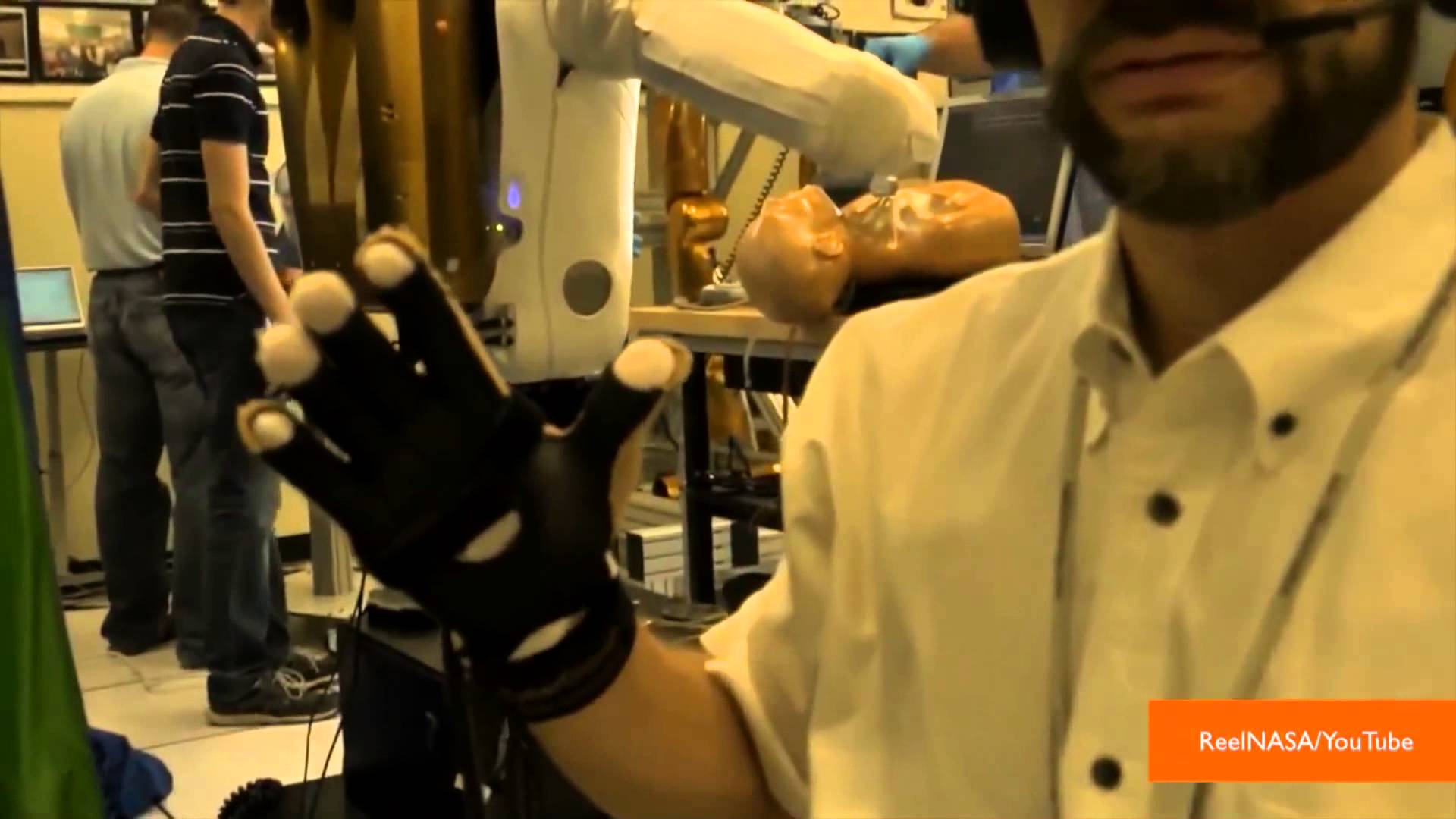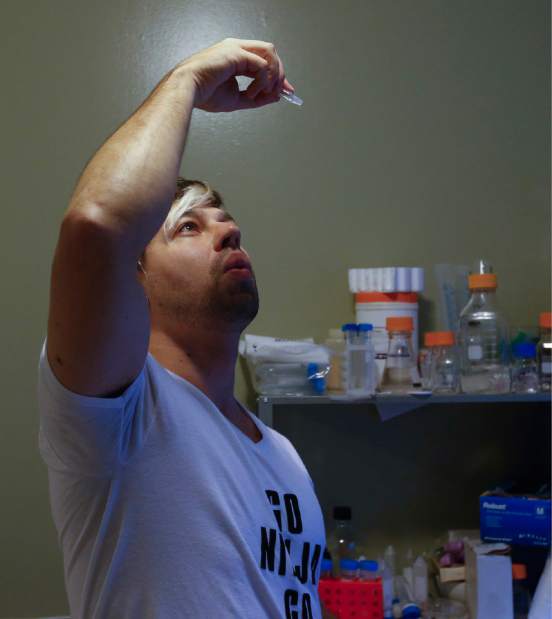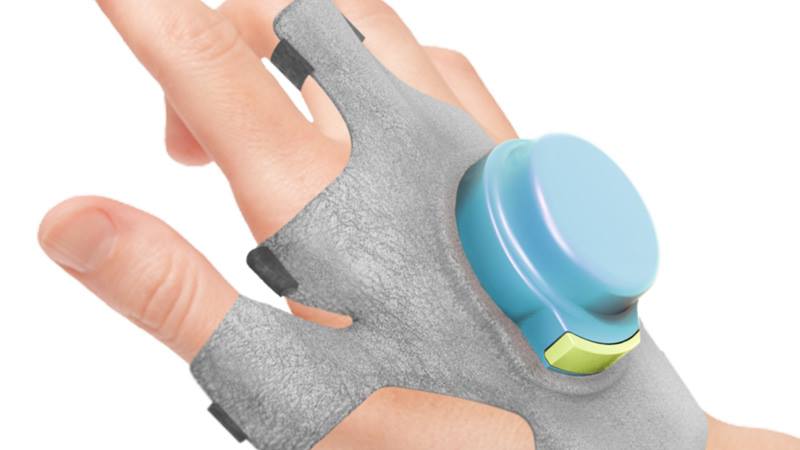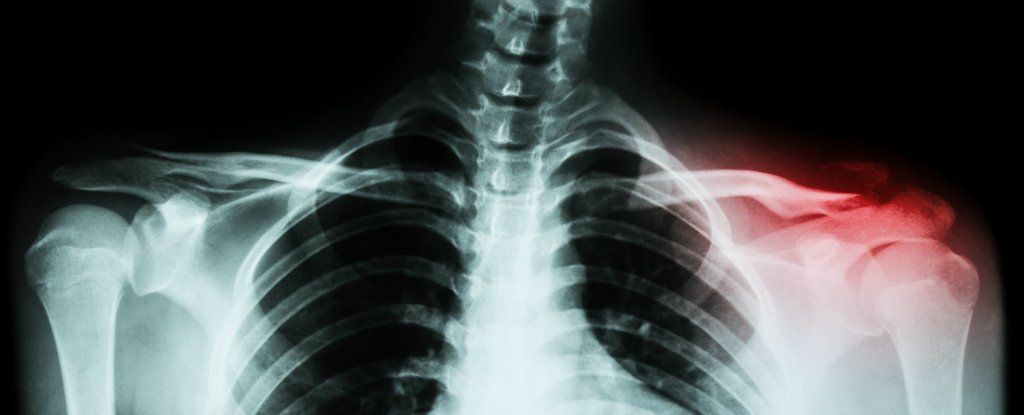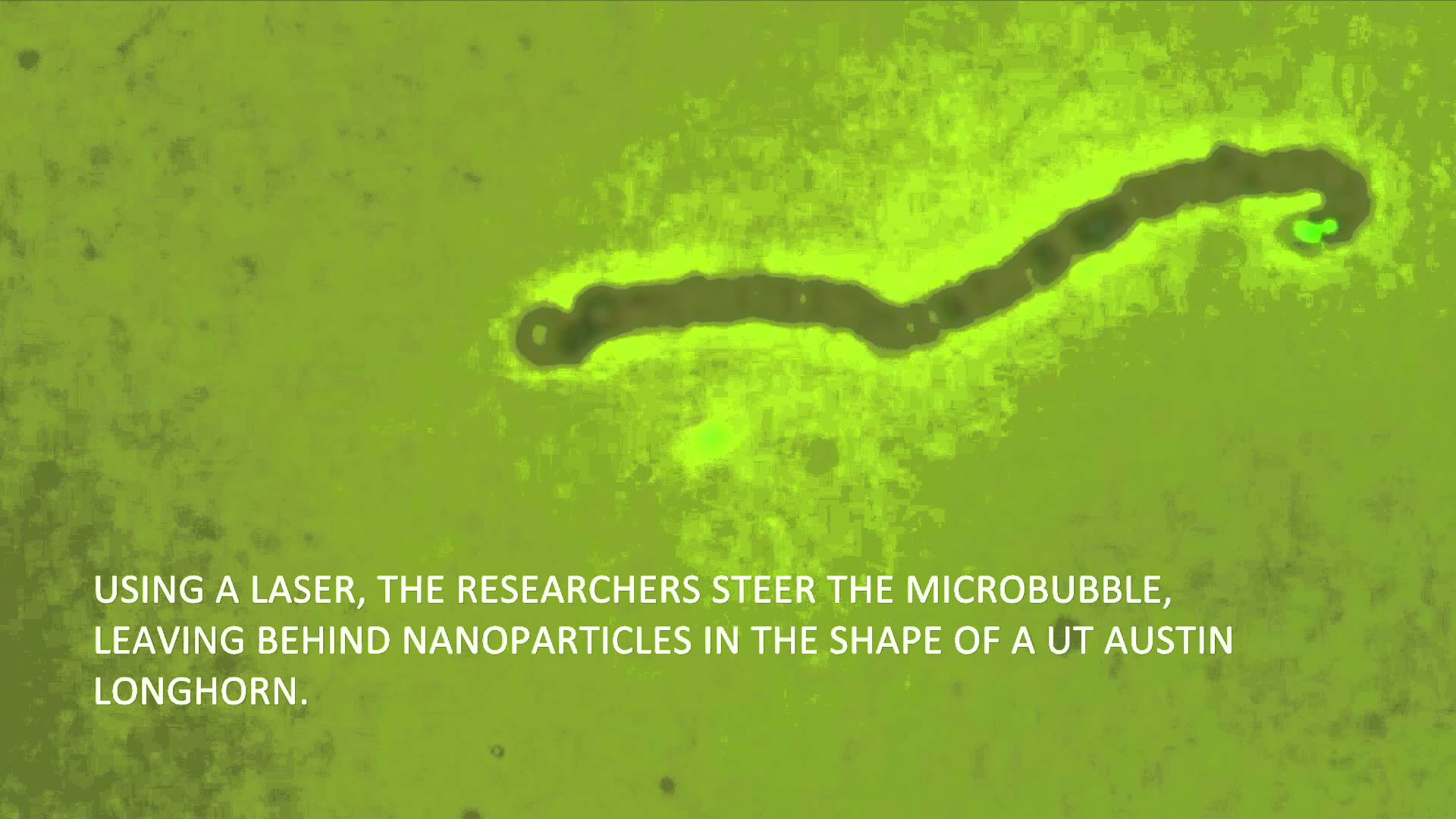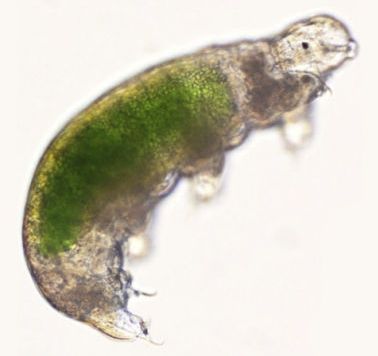The real question is: “what is the healing time in space v. earth? What is the risk of infection on earth v. space when surgery is performed in space?” If stats show patient survival, healing, and low to no infection rates in space v. earth; we could see a time when hospital colonies in space exist to handle initially complicated and high risks surgeries by robots v. earth.
NASA is grooming its robonauts to eventually perform surgery on people living in remote areas, like space. Lisa D’Souza has more on the future droid docs.
Buzz60 is designed for the way we live now. Short, quirky video snacks that are a little sassy, and always smart. Buzz 60 — and the Buzz60 channel on YouTube — produces all kinds of news video clips for web viewers who want more than just repurposed content. Our team is a diverse group of video journalists with dozens of Emmy awards, an authentic sense of humor, and a mandate to connect with viewers every day.
